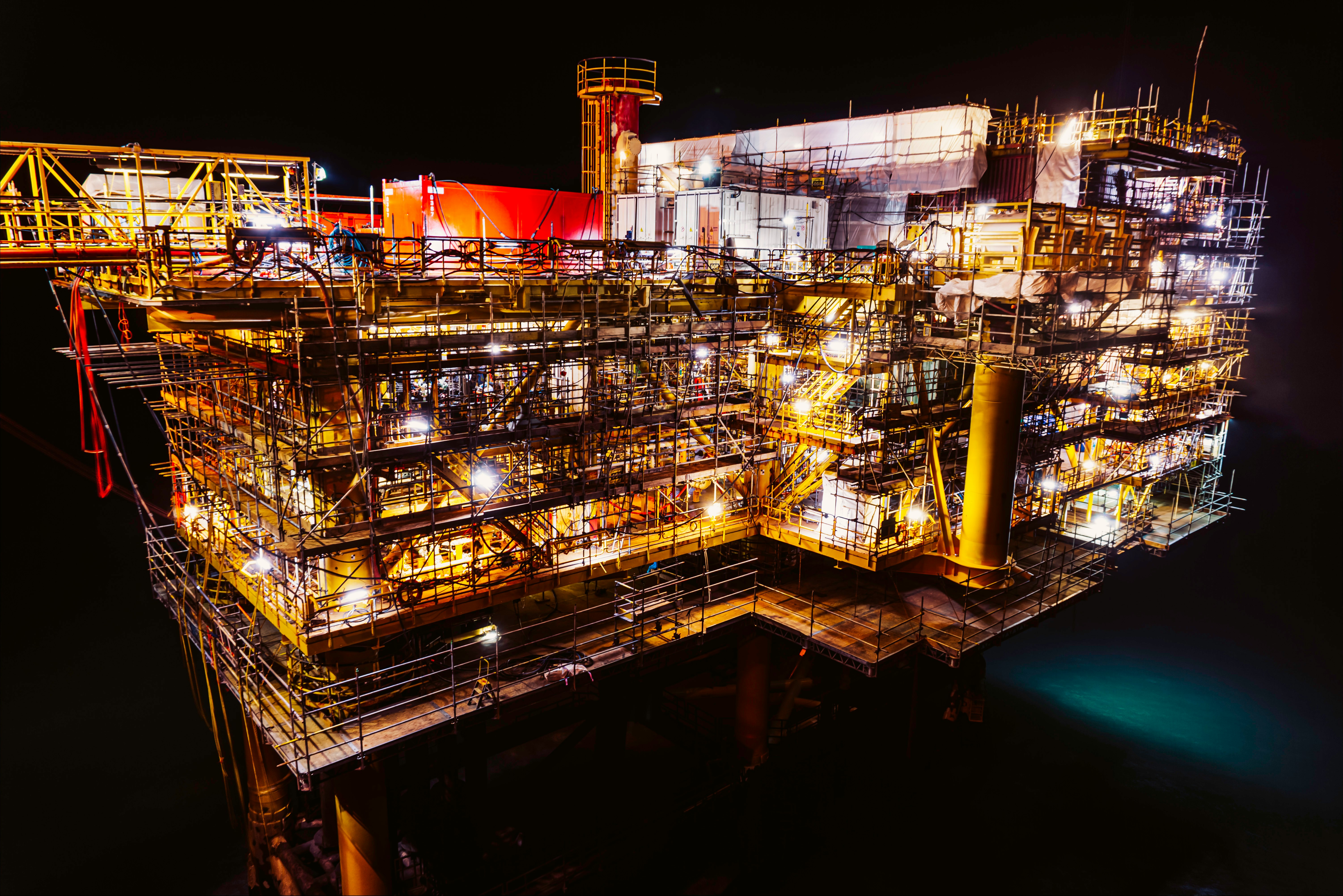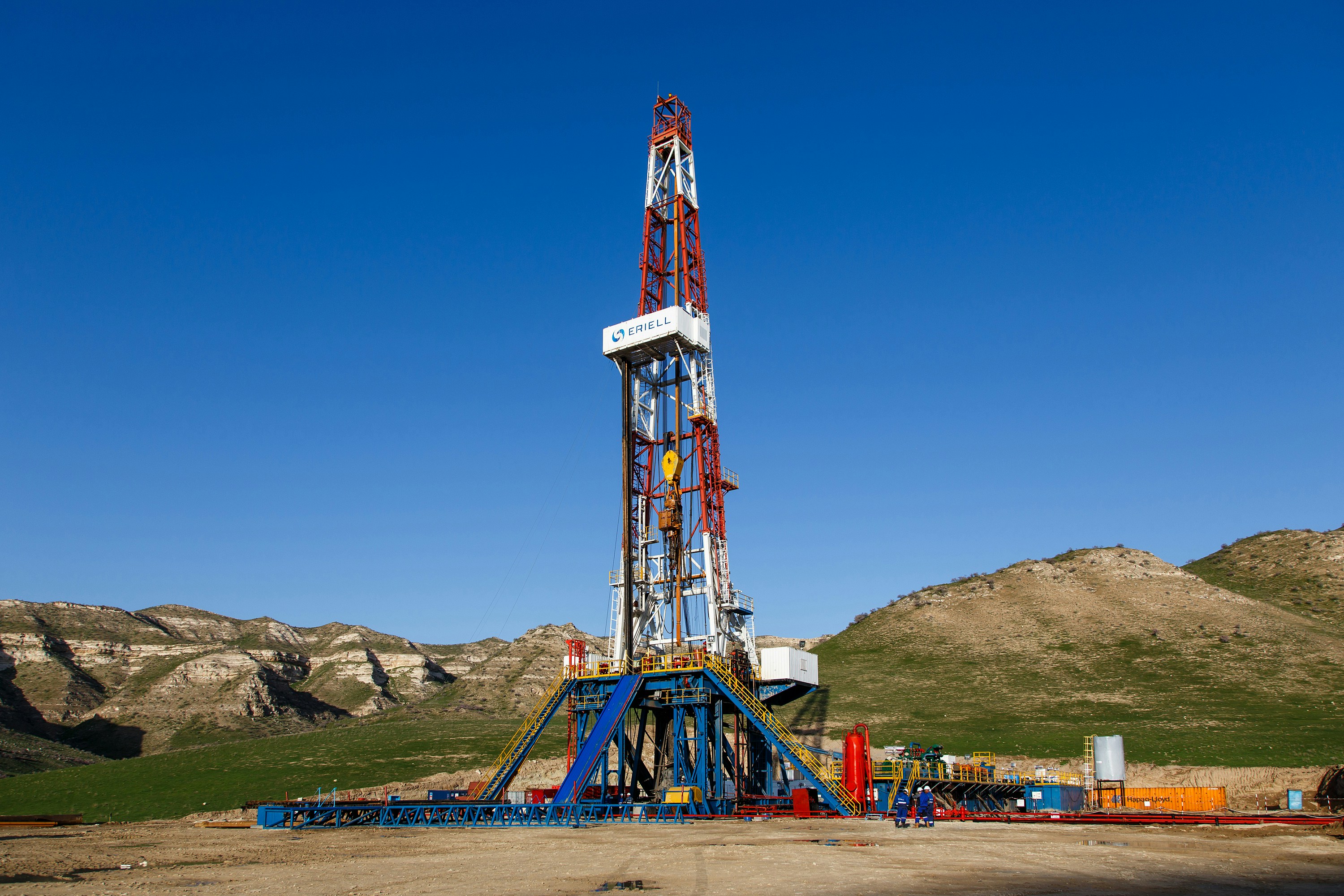Investing in oil rigs and platforms represents a unique blend of opportunity and risk, offering potential for substantial returns against a backdrop of significant operational challenges. As global energy demands fluctuate and technological advancements reshape the landscape, understanding the nuances of these investments is crucial for anyone looking to enter this market.
Understanding Oil Rig Investments
Investing in oil rigs involves funding the exploration, drilling, and production activities associated with extracting oil and natural gas from beneath the earth’s surface. These investments are typically categorized into direct and indirect opportunities:
Direct Investments: Directly investing in the equipment and operations of specific oil wells, often through partnerships or ownership stakes.
Indirect Investments: Purchasing stocks or bonds of companies that operate oil rigs, thereby investing in the company’s overall performance rather than specific projects.
The Attraction of Oil Rig Investments
The primary lure of investing in oil rigs is the potential for high returns. Oil markets can be extremely profitable, and successful wells can produce oil for decades, providing a steady income stream. Additionally, these investments offer tax benefits in many jurisdictions, as governments seek to encourage exploration and production activities.
Risks Involved
The risks associated with oil rig investments are as significant as the potential rewards:
Volatility: Oil prices are highly volatile, influenced by global politics, economic conditions, and market dynamics.
Geological Risks: Not all explorations will result in a productive well. The cost of drilling can be high, and there’s always a risk of not finding sufficient oil.
Environmental Concerns: Oil drilling is subject to strict environmental regulations, and any spill or accident can lead to hefty fines and cleanup costs.
Technological and Operational Challenges: The high-tech nature of modern oil rigs also introduces risks related to equipment failure or operational mishaps.
Evaluating Investment Opportunities
Before investing, it's crucial to conduct thorough due diligence:
Research the Operator: Understand the track record of the company operating the rig. Their past success rate, financial stability, and operational integrity are critical.
Market Analysis: Keep abreast of global oil market trends and how they affect prices and investment returns.
Legal and Regulatory Compliance: Ensure that the operation complies with all applicable laws and regulations, particularly in environmental protection.
The Future Outlook
The future of oil rig investments is closely tied to global energy policies and the pace at which renewable energy sources are adopted. While the move towards renewables is gaining momentum, oil is likely to remain a significant part of the energy mix for the foreseeable future. Innovations in drilling technology and improved environmental safety practices could enhance the attractiveness and sustainability of these investments.
Conclusion
Investing in oil rigs is not for the faint-hearted but can be highly rewarding for those who navigate its complexities successfully. As with any high-risk investment, potential investors should seek comprehensive advice and consider their long-term financial strategy before diving in.




